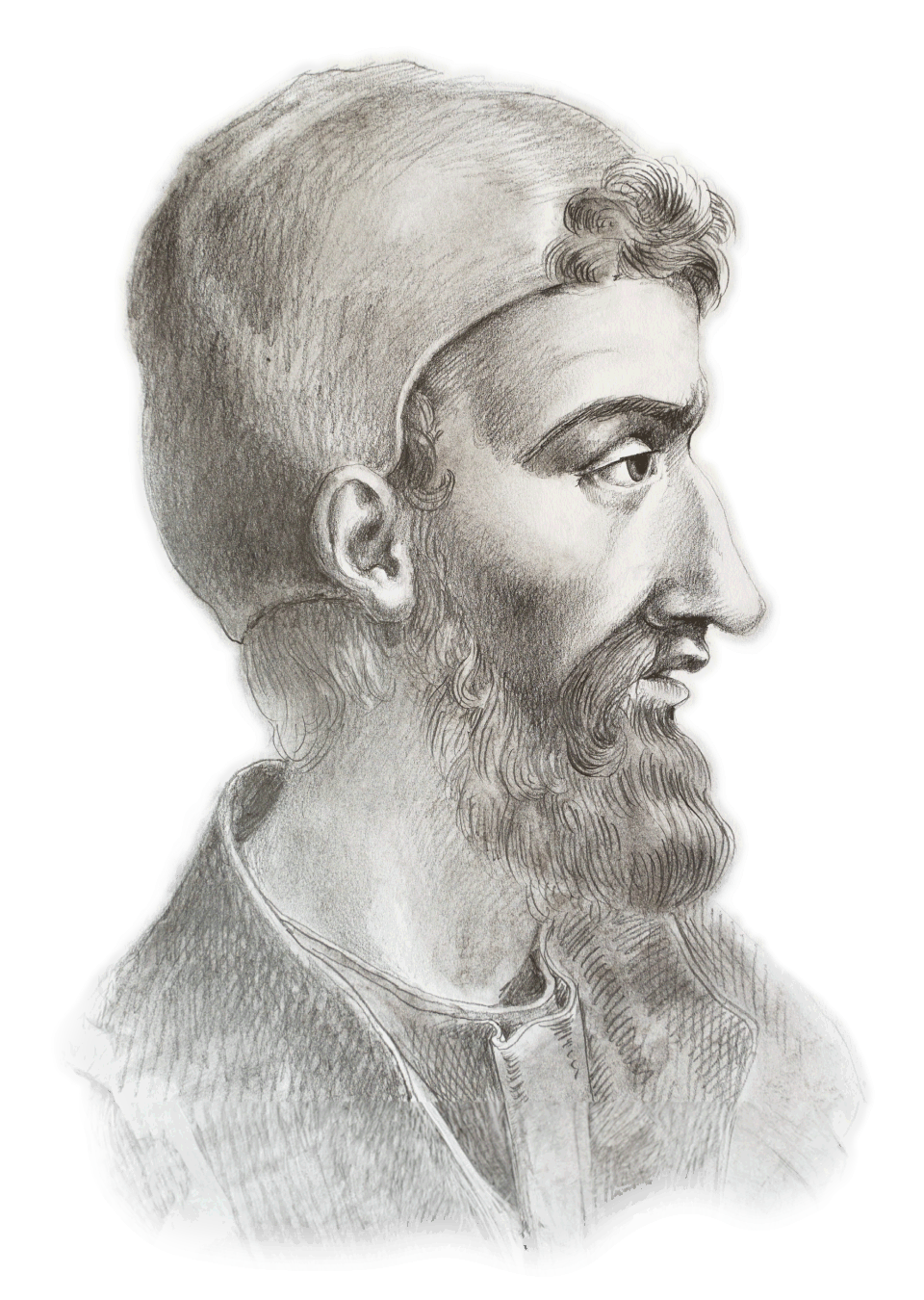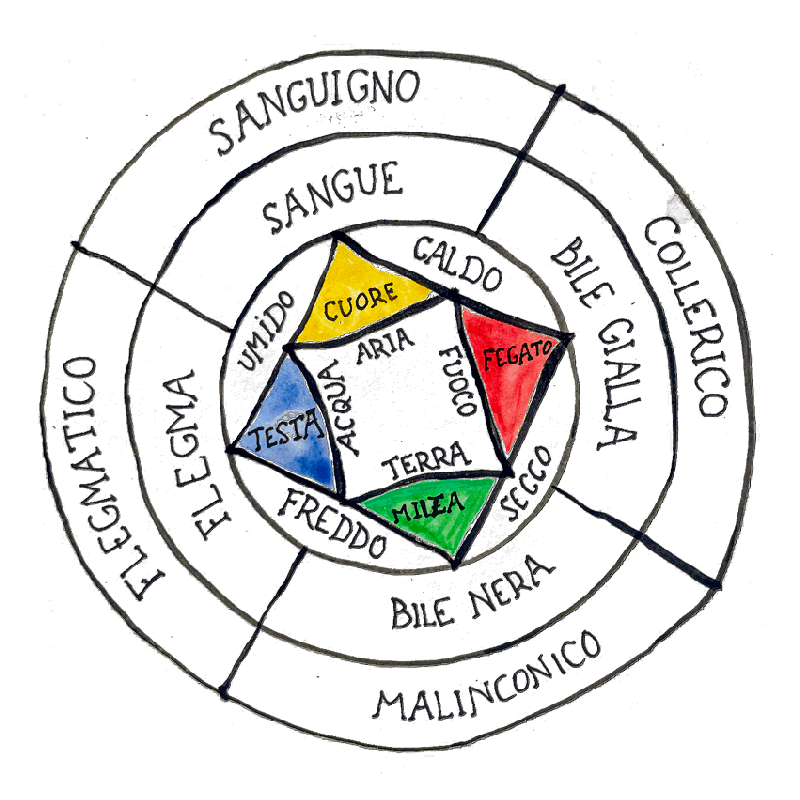March

March
Claudius
Galenus
Life
Claudius Galenus was born in September 129 AD, in Pergamon. His father was a wealthy Roman architect with a keen scientific interest in philosophy, mathematics, logic, astronomy and literature, thus Galenus was introduced to sciences at a very young age. At that time, Pergamon was a renowned cultural center and had one of the largest libraries.
At the age of 14, Galenus was introduced to Stoic philosophers and Plato’s followers to set out on the path his father had planned for him. In his memoirs, he recalled how the god of healing later appeared in his father’s dreams and persuaded him to set his son on a medical path. Thereafter, Galenus was given every opportunity to pursue the science of healing. From the age of 16, he continued his studies at the local institute of medicine.
After his father’s death, from the age of 19, he travelled extensively on the advice of Hippocrates, and among other places, he studied at prestigious medical schools in Corinth, Crete and Cyprus. In 157 AD he returned to Pergamon and in the service of the high priest, he became a sports physician to the gladiators. He later settled in Rome where he became a physician to the leading figures of contemporary society, being asked by several emperors to be their personal physician.
Galenus also considered himself a philosopher, as he noted in his work, titled The Best Doctor is a Philosopher. He was very interested in the debates between rationalism and empiricism on the theory of epistemology, and his own method, based on direct observation, was a middle way between the extremes of the two theories.
It is estimated that he died around 216 AD.
Work

Galenus was the founder of several medical disciplines, such as anatomy, physiology, pathology, pharmacology and neurology. His understanding of medicine was greatly influenced by the theory of bodily fluids that was widely accepted by then, dividing people into different temperaments, and which based by Hippocrates’s work, was first to summarized by Galenus.
During his travels, he came across a number of studies recording the results of vivisection on prisoners. He also learned a lot about the importance of nutrition, fitness, hygiene and prevention.
As dissection of the human body was still forbidden at the time, his anatomical studies were based on dissections of monkeys and pigs. His research remained unchallenged until 1543, when the first scientific papers on human dissections were published. His physiological teachings remained accepted until 1628, when William Harvey published his theory of the circulation of the blood. Medical students were taught many theories based on the works of Galenus up until the 19th century.
